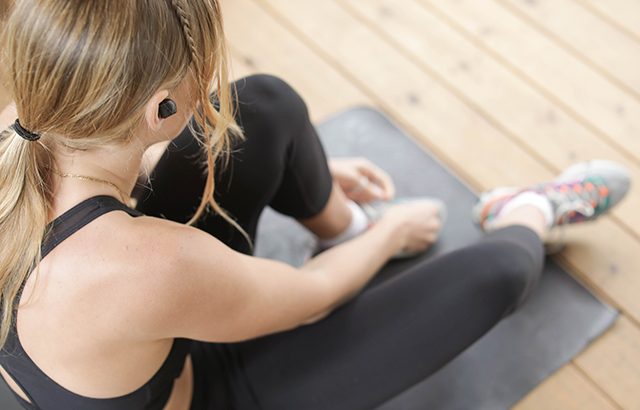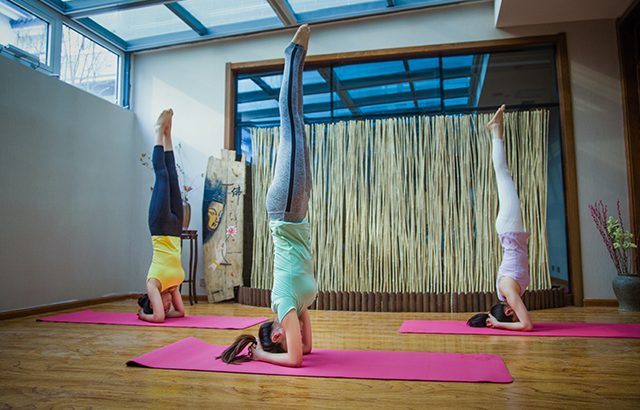Introduction
If you have an interest in learning how to teach Pilates, then you should consider a teacher training course. These programs will help you to become a professional pilates instructor course, which means that you can manage your own studio or teach as part of another business. For example, many Pilates teachers also work with gyms or health clubs. While there are many different types of training available for beginners and experienced professionals alike, it’s important that you choose one that is right for your needs and abilities so that you don’t waste time or money on something which isn’t suited to your interests and goals.
Choose a school
The first and most important step to choosing a Pilates training course is to find a school with a good reputation. The best way to do this is by asking around, or doing some research online. You can also go through the Accreditation Council for Allied Health Education Programs (CAAHEP), which provides information about schools’ accreditation status and other details about their programs on its website.
Another thing you should look out for when choosing a Pilates training program is whether it offers what you want in terms of length, cost, location, etc., as well as whether there are any special requirements or restrictions on who can enroll in each type of class (for example: if only adults over 18 years old are allowed). If there are no such limitations at all then consider yourself lucky because these things may save both time and money!
You should also check out reviews from previous students before enrolling yourself into any course/school – this way they’ll give us an idea whether our expectations match up with reality!
Learn about the course options
There are a variety of options when it comes to learning how to do Pilates. You can choose from a one-day workshop, weekend courses or even online training. The duration and cost of each course will vary depending on what you want out of it, so make sure that you take the time to research what’s available in your area before enrolling in anything.
Once you’ve decided which type of course suits your needs best, look into what kind of learning environment they use at their facility–this is crucial! While some people prefer group classes where they get feedback from other students (and instructors), others may find this overwhelming and prefer an individualized approach where they receive personalized attention from their instructor instead
Check if you meet the requirements
Before you start your training, it’s important to make sure that you meet the requirements. The first thing is that you must be at least 18 years old and physically and mentally fit for the job. You also need to have a clean criminal record as well as an excellent attitude towards your work.
Know your motives and interests
Before you begin your Pilates training, it’s important to know what your motives and interests are. The reason for this is that you will find it much easier to stay focused on the course if it aligns with your goals and ambitions.
Doing so will also make sure that you don’t spend money on something that won’t help achieve what you want from the training.
Choosing a Pilates teacher training program
When choosing a Pilates teacher training program, there are several things to consider. First of all, it’s important that the school is accredited by APTA (American Physical Therapy Association). This will ensure that your education is up-to-date and relevant in today’s world of fitness.
Second, look for a school with variety in their course offerings so that you can find one that fits your needs and interests best. Some schools offer specialty certifications while others focus more on general education courses; either way there should be something available for everyone!
Thirdly and finally: reputation matters! If people aren’t talking positively about a certain Pilates studio or instructor then chances are good something isn’t right about them either…and if people aren’t talking at all then maybe stay away altogether? At least until things change 😉
Conclusion
As you can see, there are many things to consider before starting a Pilates training course. You need to know your motives, interests and motivations for becoming a Pilates teacher. You also need to understand what type of courses are available and which one suits your needs best. Finally, it is important that you find out if you have all the necessary requirements needed by schools before making any decisions about enrolling in them. Find out how to enroll as Pilates teacher.


